-
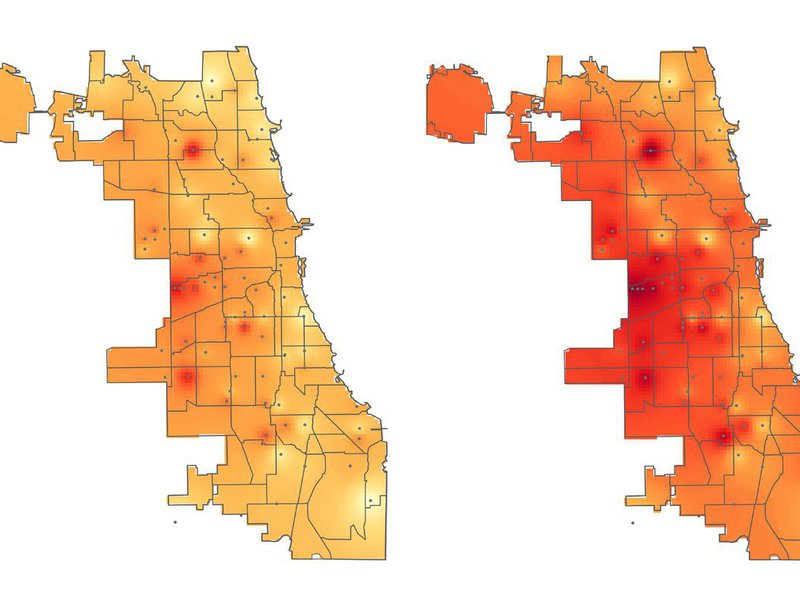
Microsoft abandons project mapping Chicago’s air pollution
MuckRock and its partners have investigated neighborhood-level air pollution, unexplained pollution spikes, and smoky air on the Fourth of July using Microsoft’s Project Eclipse data. But after two years of offering a view of Chicago’s air pollution that residents had never before seen, the project has ended with little details on what comes next.
-
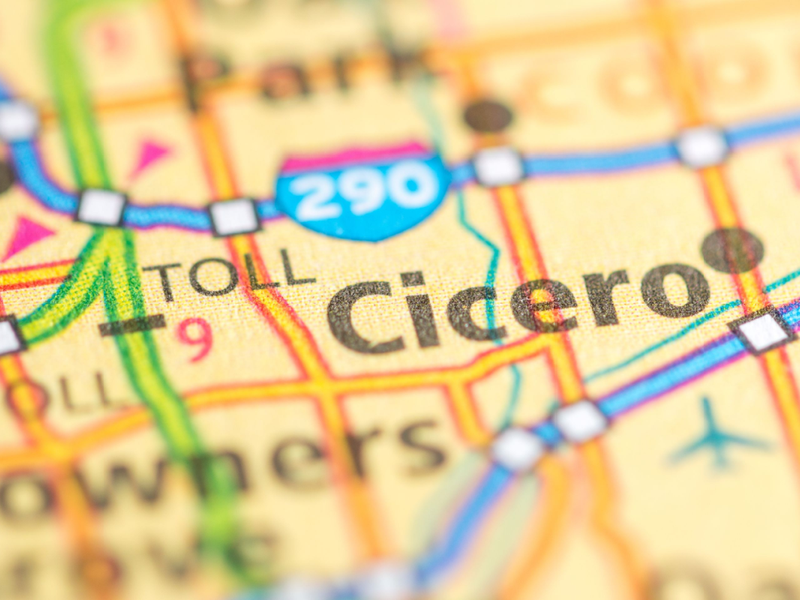
We want to hear from residents of Cicero about their experiences with air pollution
MuckRock and the Cicero Independiente are also looking for volunteers who are interested in having a free air quality sensor installed outside their home or business. Fill out the form in the article for more information.
-

‘This is really concerning:’ Chicago air quality sensors show disparities across the city — and unexplained spikes in pollution
Nearly two years after the tech company Microsoft installed more than 100 air quality sensors atop bus shelters across Chicago, a MuckRock analysis of the data documents the neighborhood-by-neighborhood hotspots and disparities — and raises questions about how air pollution continues to affect the city’s fenceline communities.
-
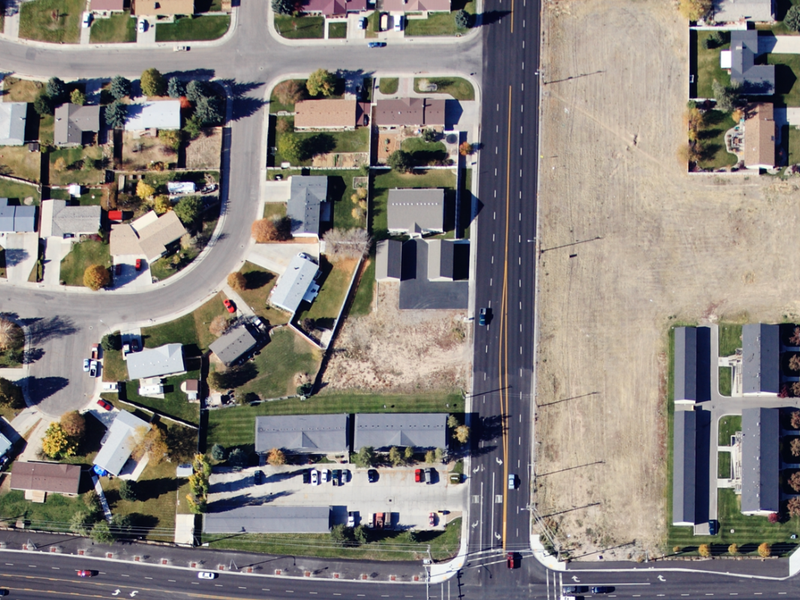
Air Quality Access: How local government is planning (or not) to protect your air
In the late 1980s, an area of the Jurupa Valley in Riverside, California began a transformation that would turn it from a community of sprawling dairy farms to hub for enormous warehouses. David Danelski, then an investigative reporter for the Riverside-Press Enterprise, unraveled the details through public records on town planning and found one important document missing from projects approved by county officials for more than a decade: the environmental impact statement. Here are his tips on this and other key records requests you can file.
-
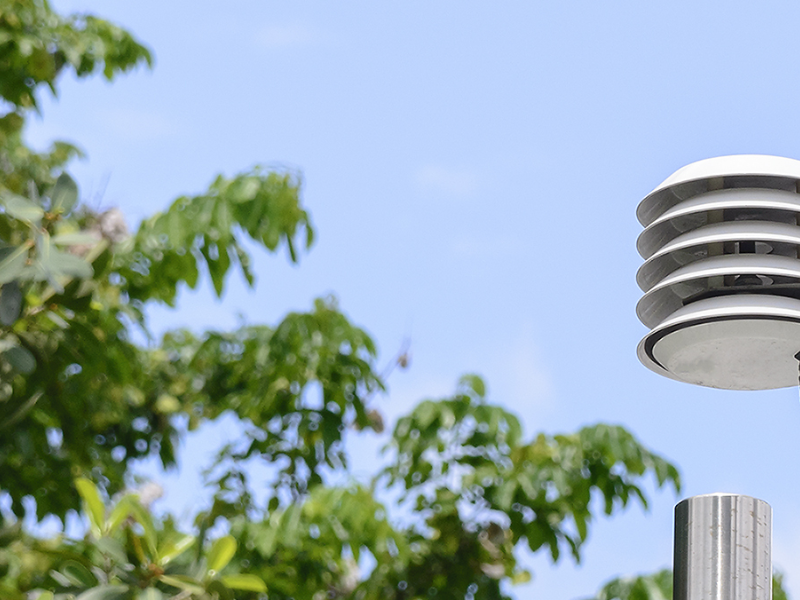
Air quality access: Using complaints, violations and fines to pinpoint local polluters
Freelance journalist Monica Vaughan was reporting on air pollution in California’s San Joaquin Valley when the words of one mother changed her perspective. “I just scan the stories looking for the sentence about whether or not it’s safe to live here. And I can never find that,” Vaughan remembered the woman saying.
In a second guide on air pollution, we bring together advice from reporters like Vaughan and examples that might help you uncover unsafe air in your community. From intial complaints to sustained violations, we give you the tools to ask your local government how it regulates polluters in your area
-
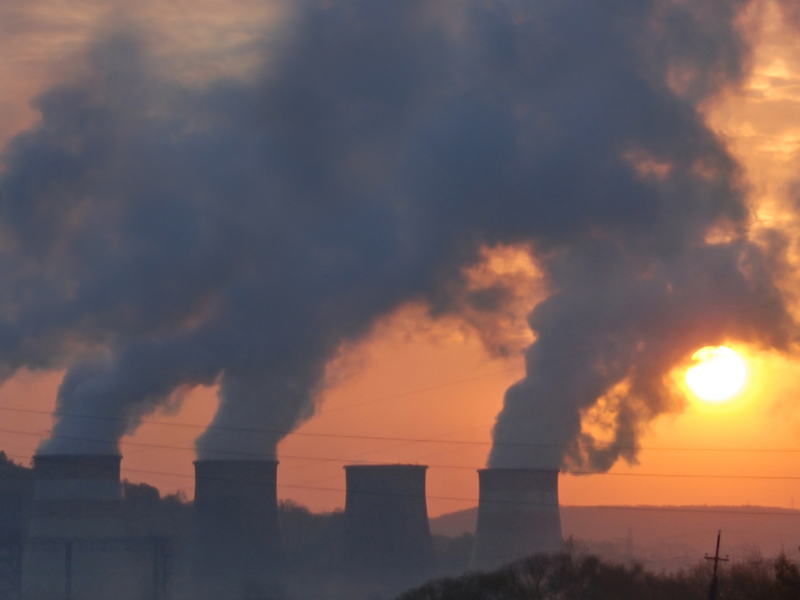
Air Quality Access: Three requests to help you scrutinize local environmental standards
In 2004, Dina Cappiello discovered some Houston residents were exposed to cancer-causing toxins at a level 20 times higher than federal guidelines — for toxic waste dumps. “Everybody was like ‘nothing to see here,’ but I was like something doesn’t add up,” Cappiello said. In this guide, we share tips and examples from Cappiello and other reporters of what you can request in your community to understand how dangerous the air is and even pinpoint potential polluters.
-
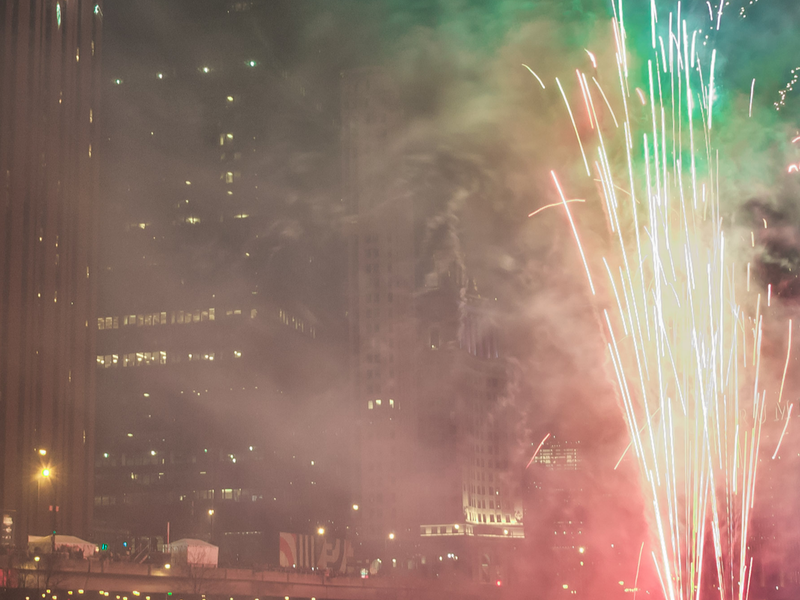
Chicagoans breathe the most polluted air of the year on Independence Day
The hours between 9 p.m. and midnight on July 4, 2021, ranked as the most intensely polluted hours the city experienced at any point over the past year, according to analysis of data on Chicago’s air quality. The new analysis is part of an ongoing project about air quality by MuckRock, WBEZ and the Sun-Times.
-
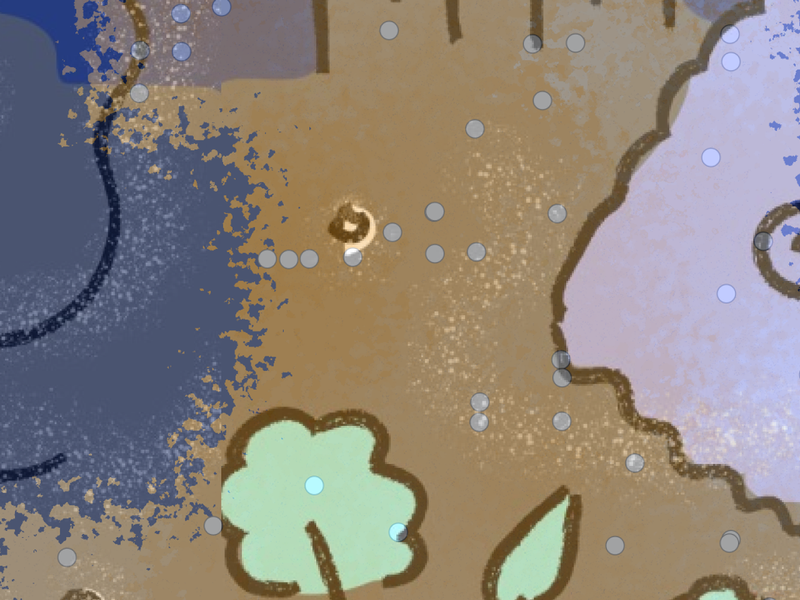
Help us investigate Chicago’s air quality
Local newsrooms are collaborating to measure air pollution in Chicago and nearby suburbs. And we need your help.
-
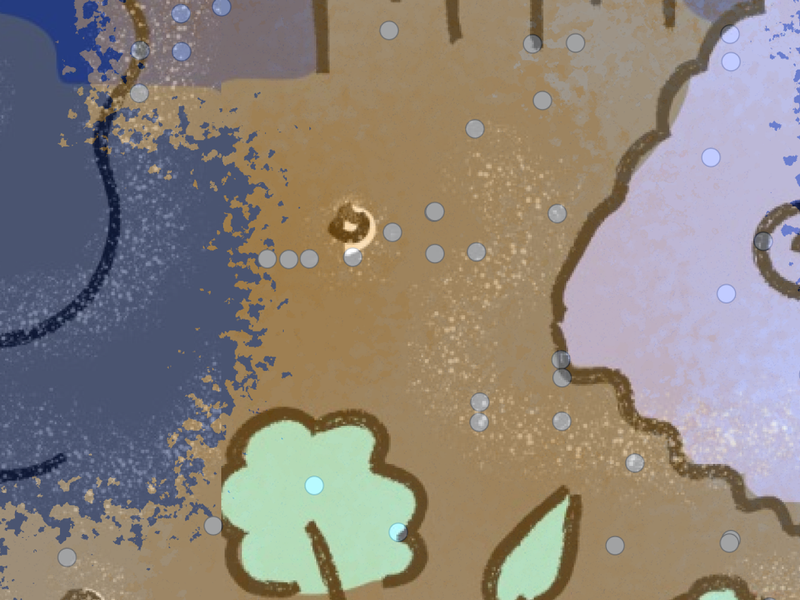
What’s in the air?: An illustrated explainer of particulate matter
Fine particulate matter is responsible for an estimated 5% of all premature deaths in Chicago. What is it and where does it come from?
-
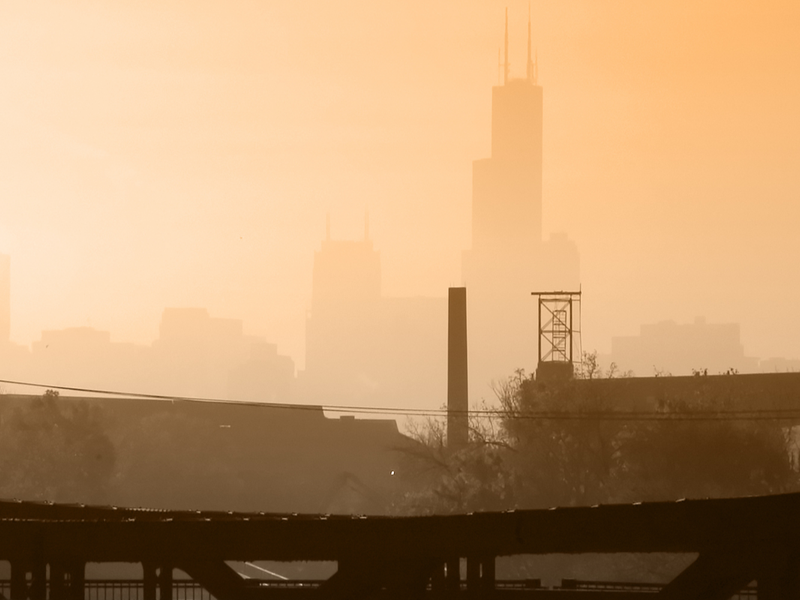
Chicago’s air pollution hotspots: New sensor network reveals neighborhood air quality disparities
Chicago’s air pollution hotspots: New sensor network reveals neighborhood air quality disparities